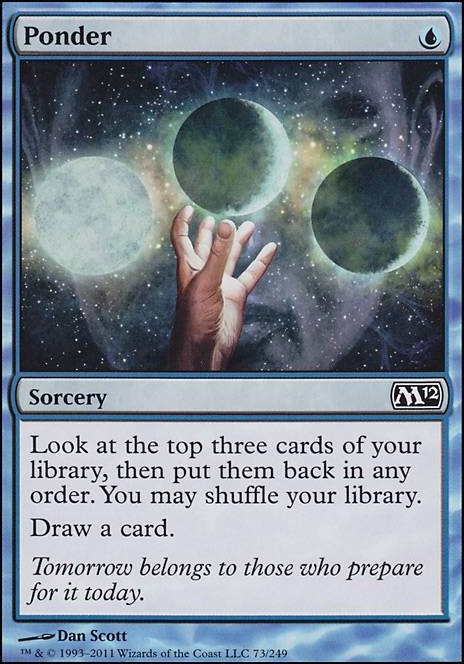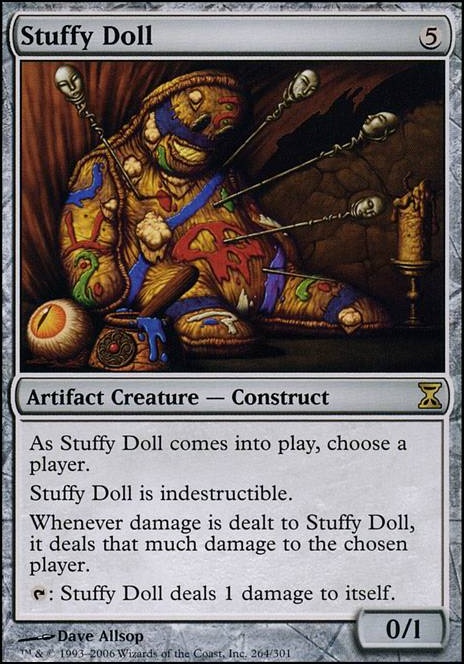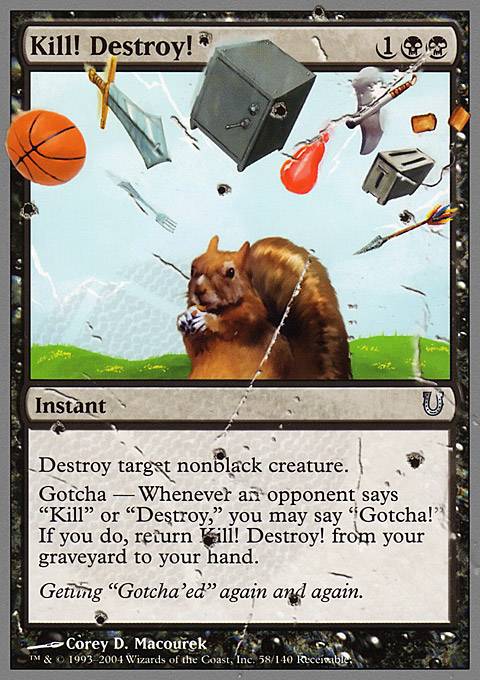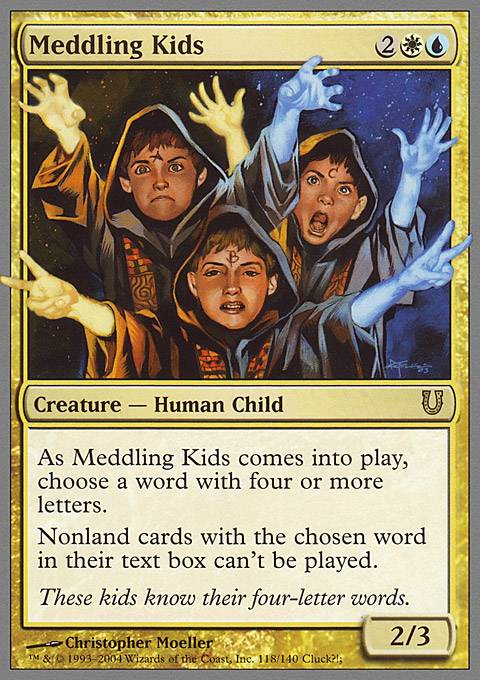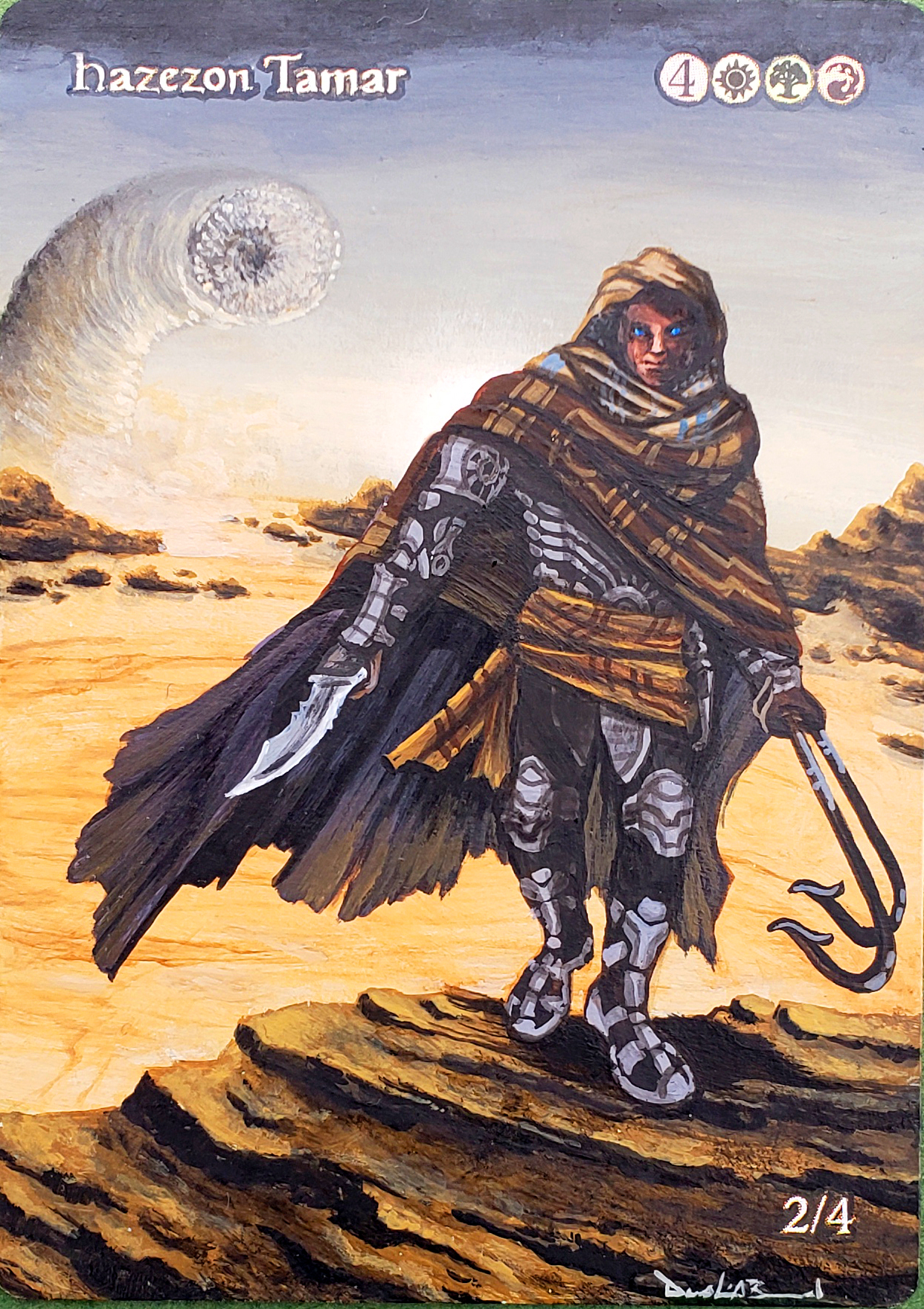
Hazezon Muad'Dib: DUNE-Inspired EDH
Commander / EDH Humans Land Destruction Lands Ramp RGW (Naya) Sacrifice Theme/Gimmick Tokens
Land (37)
- 1x Ancient Tomb
-
1x
Arid Mesa

-
1x
Cavern of Souls

-
1x
City of Brass

-
1x
Command Tower

-
1x
Deserted Temple

- 1x Diamond Valley
-
1x
Dryad Arbor

-
1x
Dust Bowl

-
1x
Endless Sands

-
1x
Field of the Dead

-
1x
Flagstones of Trokair

-
3x
Forest

-
1x
Gaea's Cradle

-
1x
High Market

-
1x
Horizon Canopy

-
1x
Jetmir's Garden

-
1x
Mountain

-
1x
Plains

- 1x Plateau
-
1x
Riftstone Portal

-
1x
Sacred Foundry

- 1x Savannah
-
1x
Scattered Groves

-
1x
Scavenger Grounds

-
1x
Sheltered Thicket

-
1x
Stomping Ground

- 1x Strip Mine
-
1x
Sunbaked Canyon

- 1x Taiga
-
1x
Temple Garden

-
1x
Wasteland

-
1x
Windswept Heath

-
1x
Wooded Foothills

-
1x
Yavimaya, Cradle of Growth

Planeswalker (4)
Creature (16)
-
1x
Academy Rector

-
1x
Arena Rector

-
1x
Avenger of Zendikar

-
1x
Captain Sisay

-
1x
Elesh Norn, Grand Cenobite

-
1x
Eternal Witness

-
1x
Grand Abolisher

-
1x
Knight of the Reliquary

-
1x
Lovisa Coldeyes

-
1x
Oracle of Mul Daya

-
1x
Purphoros, God of the Forge

-
1x
Ramunap Excavator

-
1x
Solemn Simulacrum

-
1x
Titania, Protector of Argoth

-
1x
Ulvenwald Hydra

Artifact (10)
-
1x
Arcane Signet

- 1x Ashnod's Altar
-
1x
Coat of Arms

-
1x
Crucible of Worlds

- 1x Mana Crypt
- 1x Mox Diamond
-
1x
Panharmonicon

-
1x
Phyrexian Altar

-
1x
Skullclamp

- 1x Sol Ring
Enchantment (9)
Commander (1)
Sorcery (13)
-
1x
Green Sun's Zenith

-
1x
Harmonize

-
1x
Martial Coup

-
1x
Nahiri's Lithoforming

- 1x Nature's Lore
-
1x
Ravages of War

- 1x Regrowth
-
1x
Scapeshift

-
1x
Skyshroud Claim

-
1x
Splendid Reclamation

-
1x
Three Visits

-
1x
Tooth and Nail

-
1x
Wrath of God

Instant (10)
Suggestions
Updates Add
Comments View Archive
Attention! Complete Comment Tutorial! This annoying message will go away once you do!
Important! Formatting tips — Comment Tutorial — markdown syntax
Please login to comment
Casual
95% Competitive
| Top Ranked |
|
| Date added | 8 years |
| Last updated | 2 years |
| Legality | This deck is not Commander / EDH legal. |
| Rarity (main - side) | 12 - 0 Mythic Rares 62 - 0 Rares 16 - 0 Uncommons 4 - 0 Commons |
| Cards | 100 |
| Avg. CMC | 3.21 |
| Tokens | Beast 3/3 G, Dragon 4/4 R, Elemental 5/3 G, Emblem Elspeth, Sun's Champion, Emblem Wrenn and Six, Plant 0/1 G, Sand Warrior 1/1 RGW, Soldier 1/1 W, Soldier 1/1 W w/ Lifelink, Warrior 1/1 W, Wurm 6/6 G, Zombie 2/2 B |
| Folders | goodshitgoodsHIT, EDH ideas, Interesting EDH Decks, Interesting Commander Decks, Arrakis. Dune. Desert mana., Themed goodness, Find budget alternative, Jennifer, EDH Love, inspirational decks |
| Votes | |
| Ignored suggestions | |
| Shared with | |
| Views |
